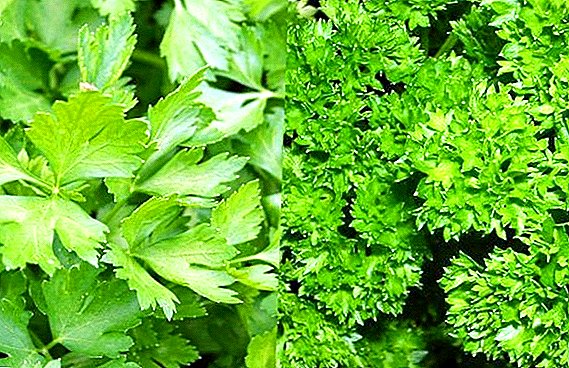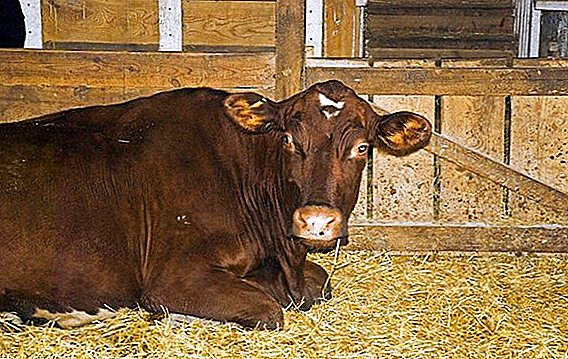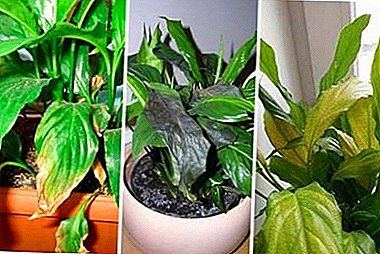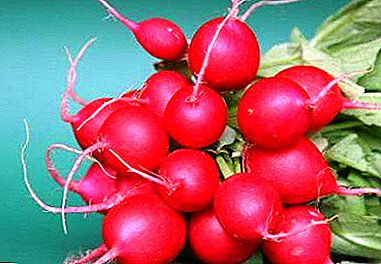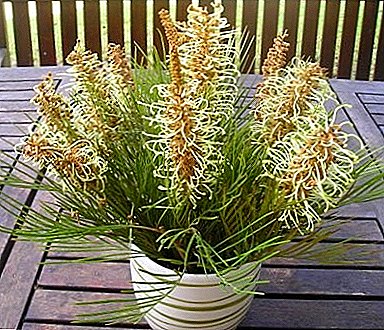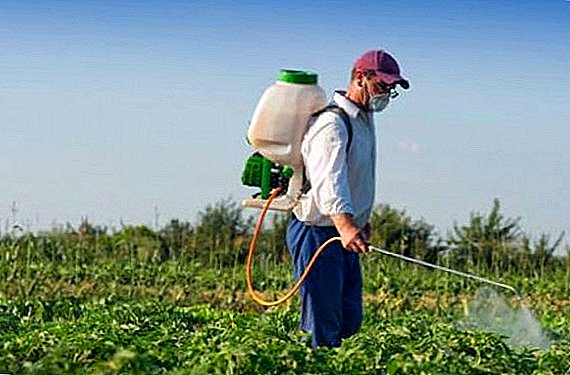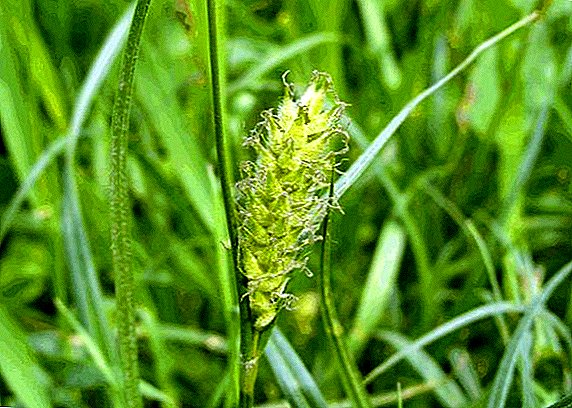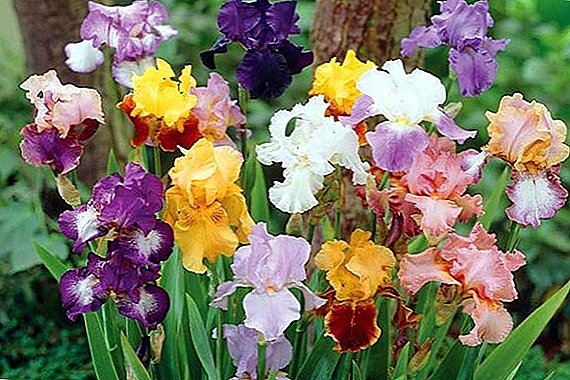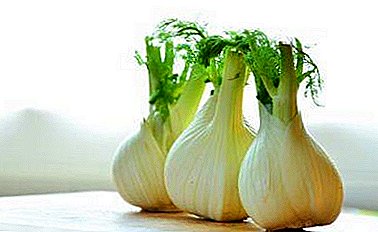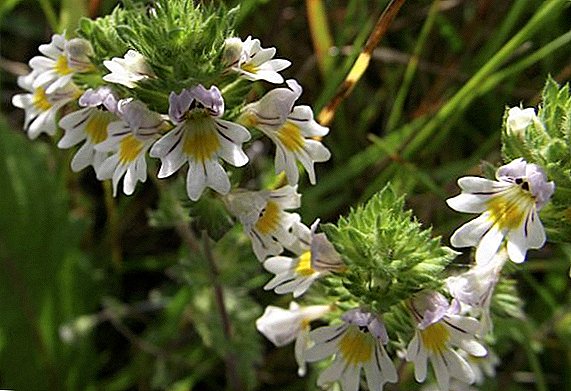 Even from the name of eyebright it becomes clear that this plant was used to treat vision problems. The first evidence of this fact dates back to the XIII century, and at the same time in different countries: in Scotland it was brewed with milk for eye compresses, and in Tibet this plant was used to combat conjunctivitis. Despite the great variety of modern antibiotics and various medications, the properties of eyebright are still in demand. Therefore, it is about the healing possibilities of the plant and how to use it will be discussed in more detail.
Even from the name of eyebright it becomes clear that this plant was used to treat vision problems. The first evidence of this fact dates back to the XIII century, and at the same time in different countries: in Scotland it was brewed with milk for eye compresses, and in Tibet this plant was used to combat conjunctivitis. Despite the great variety of modern antibiotics and various medications, the properties of eyebright are still in demand. Therefore, it is about the healing possibilities of the plant and how to use it will be discussed in more detail.
Botanical description
Ochanka, or Euphrasia, belongs to the list of herbs that are still being studied by botanists in various countries. This is due to the fact that for a long time various species that belong to this family were considered one plant, but, as practice has shown, this approach was false.
Did you know? At present, scientists have from 150 to 241 species of herbs that may belong to the genus Euphrasia.
 In general, a representative of this family can be described as follows:
In general, a representative of this family can be described as follows: - herbaceous plant one-year;
- a parasitic plant that lives on the roots of neighbors, especially loves the grass;
- the processes of glaustory on its roots attach to the donor plant and begin to draw nutrients from it;
- straight stalk on average reaches 10-15 cm in height, under favorable conditions - up to 30 cm;
- the stem has a reddish-brown color and many branches;
- small, ovate leaves with jagged edges, often absent in the lower part of the plant;
- During the flowering period, tiny (5-9 mm) white or pale violet flowers appear, marked with a yellow spot in the middle;
- around them is the perianth srostnopestnoy, zygomorphic;
- the pistil has two fruitlets with an ovary from above;
- stamens are usually placed in 4 pcs .;
- flowering period - from June to September;
- after the fruits appear: small boxes, ripening closer to the end of August - September.
Important! Eyebright can eat in two ways: through a donor (gradually destroying it) or independently from the ground, but in this case its growth will be much slower.

Chemical composition
This, at first glance, inconspicuous The plant contains a number of important substances:
- Iridoids, or bitter glycosides. These biologically active compounds with a bitter taste can increase appetite, help normalize digestion, have a diuretic effect, accelerate wound healing, calm the nerves, and their acid is used as an antimicrobial agent.
- Lignans and flavonoids. Chemical substances of plant origin, which are known for their healing properties in the field of cardiovascular, hormonal, oncological diseases.
- Tannins pyrocatechol group. They actively remove carcinogens from the body, make the prevention of inflammation of the gastrointestinal tract, and also have a bactericidal effect in case of skin and mucous lesions.
- Essential and fatty oils. Their task is to ensure the assimilation of the above components.
- Vitamins A, B, C in small doses.
- Minerals are represented by silicon, magnesium, zinc, boron, iron, chromium and manganese with magnesium.

Did you know? Magnesium occupies the 11th place in the list of the most common elements in the human body. 60% of this mineral is in the skeleton, and 39% is in the muscle tissue.
Spread
Ochanka loves space, so most often it can be found on vacant lots, meadows, slopes and roads. It is characterized by steppe and forest-steppe zones, so it can be found throughout Europe. However, on all continents, except Antarctica, grow their own, authentic representatives of this family.
Medicinal properties
Vitamin and mineral composition of the plant determines its healing capabilities. Official medicine has not yet used eyebright in medicines, although research laboratories are actively working to study its extract.
Did you know? In the old days, our ancestors called the eruption of the toad grass, because it successfully treated the toad disease - angina.
 But homeopathy and traditional medicine consider oyazku effective when:
But homeopathy and traditional medicine consider oyazku effective when:- The treatment of gastrointestinal diseases. The astringent effect of her tinctures is manifested in the normalization of the digestive process and stool. And the anti-inflammatory effect of plant-based decoctions is used for gastritis, enterocolitis and other gastric exacerbations.
- Ailments of the respiratory system, voice, oral cavity. Eyebright tea removes phlegm from cough, reduces inflammation of the vocal cords, improves the condition for bronchitis, sore throat, asthma and runny nose.
- Disorders of the cardiovascular system.
- Skin diseases Baths with a decoction of this herb treat rashes, diathesis, dermatitis in children.
Baths with a decoction of the series are used for bathing babies.
But still the main purpose of eyebright - treatment of vision.
Application for eyes and vision
In this direction, eyebrows successfully cope with both prevention and healing of existing problems.  Regular consumption of tea brewed on this plant will help to avoid age-related changes in vision, and decoction of decoction will stop inflammation of the conjunctiva and the optic nerve. In just a few days, such procedures will remove redness, swelling, return clarity and clarity to vision. Such gadgets are also effective when the eyes are sensitive to light, when they are watering or they are disturbed by itching. But ochanka in the form of hot compresses perfectly help to cope with barley on the eye.
Regular consumption of tea brewed on this plant will help to avoid age-related changes in vision, and decoction of decoction will stop inflammation of the conjunctiva and the optic nerve. In just a few days, such procedures will remove redness, swelling, return clarity and clarity to vision. Such gadgets are also effective when the eyes are sensitive to light, when they are watering or they are disturbed by itching. But ochanka in the form of hot compresses perfectly help to cope with barley on the eye.
Horseradish, parsley, squash, white acacia, almond, black currant, tomatoes will help improve the vision.
Species of eyebright
Scientists still can not accurately determine the number of plants belonging to the family of eyebrows, however, only a few of them are valuable as medicinal herbs. All species have characteristic features of the species, but they are distinguished by small nuances in appearance.
Medicinal, or ovast Rostkovius (officinalis)
This species has an erect, branched stem, which rarely grows above 10-15 cm. 
Important! On its leaves, wiry patterns are clearly visible, and flowers appear closer to the end of summer, the yellow spot on them stands out with subtle lilac strokes around.A dry boll is full of small brown seeds that have a ribbed surface.
Small color (parviflora)
This species is much higher than its medicinal relative, some of its specimens can reach 40 cm in height. Her flowers are collected in a dense inflorescence, which lengthens slightly towards the end and ends with a fluffy tassel. The leaves that surround them have a more circular shape with sharp teeth on the edges, unlike the stem, and are also covered with a light snow-white fluff. In places, crescent villi are adjacent to glandular hairs. Similar cilia have and seed boxes, maturing closer to the end of August - early September. 
Comb (pectinata)
Crest eyebrow looks like a small-flowered sessile flower shape, tall stem and glandular hairs. They grow at the base of the flower cup, but it is covered with thick bristles. The same villi decorate the lower petal of the inflorescence, above which a white or light purple halo opens.
Among its leaves are found both ovoid and wedge-like. Villi are absent only on the lowermost ones. The hairs cover the entire reddish-brown stem, curling downwards. 
Straight (stricta)
This instance differs primarily in its stem. It has a reddish-purple hue, rarely having branches. Violet color and inflorescence of the plant. The leaves are bright green, there are no villi on them, only small white spikes appear closer to the edge. Younger leaves are small, have an ovoid shape, but over time they lengthen, acquiring a wedge-shaped cut. 
Contraindications
Infusions or decoctions of eyebright can not be used:
- pregnant women;
- lactating;
- children up to 3 years.
Growing up
Many of those who are aware of the healing properties of eyebright, prefer to grow the plant on their own, so that if necessary, have it always at hand. Moreover, the process is not complicated, even for a beginner in gardening matters.
Features of growing
The emery much space is not necessary. The main thing is that her disembarkation should be carried out on a site that is well lit and ventilated. This plant is uncomfortable in a strong shade, in such conditions it rarely blooms.
Important! Since ochanka is a parasitic plant that feeds in part at the expense of its neighbor, it has a very weak root system, therefore transplants are contraindicated in this case.
 For the same reason, we should not do weeding: fragile roots are easily damaged. But do not forget to remove large weeds that can deprive the feed of the eyelet. She is not afraid of parasites and diseases, her main enemy is aphid. To prevent the appearance of the pest by treating the plants with soapy water. But, if you see infected instances, you should immediately pull them up.
For the same reason, we should not do weeding: fragile roots are easily damaged. But do not forget to remove large weeds that can deprive the feed of the eyelet. She is not afraid of parasites and diseases, her main enemy is aphid. To prevent the appearance of the pest by treating the plants with soapy water. But, if you see infected instances, you should immediately pull them up.Learn how to deal with aphids folk ways.
Planting and breeding
Medicinal plant propagated by seeds. The variant with seedlings is not highly recommended, again due to a weak root system. By planting time ochanka is picky:
- it can be sown in spring, then sprouts will appear within a week and a half after planting;
- if planted in the fall, the seedlings will emerge with the first weeds.
Soil, Substrate and Fertilizer
Eyebright recognized as a hardy plant, so it has no special requirements for the soil. However, the plant is still better to grow on acidic clay or sandy soils. But fertile black soil, wetland or wet soil will worsen its performance. Loosen the ground before disembarking, fine, if you can add sand or small pebbles. The plant does not need top dressing, therefore it is possible to save on substrates and fertilizers.
Important! But, when caring for crops, do not forget to pull out large weeds (overlap the eye bud) and leave small ones (so that there is food for the medicinal herb).
Humidity and watering
In a temperate European climate, ochanka does not need watering. It is not too water-loving, so natural precipitation is enough for it. But in a hot, arid climate, it does not interfere occasionally to slightly moisten the soil under it. 
Harvesting and storage of raw materials
For the preparation of infusions and decoctions using the aboveground part of the plant. The optimal time for collecting raw materials is the flowering period, the end of July - the beginning of August. The grass is cut and sent for drying. This can be done outdoors in the shade, in a room with good ventilation or in a dryer for vegetables (at a temperature of 40 º). Well dried material is ground for later use and packaged in paper bags. Keep eyebright should be in a dry place, because moisture adversely affects its healing properties.
We advise you to get acquainted with the methods of preparation of medicinal plants: mint, hawthorn, cilantro, istoda, chokeberry.
How to brew grass (recipe for eyes)
Recipes healing broths and infusions of eyebright great variety. But the simplest of them concerns lotions on the eyes. To prepare the tincture you need to take 25 g of dried eyebright, pour it with a glass of water and put it in a water bath. The temperature of the future medicine should not exceed 60º, and the preparation time - 20 minutes. After that, the resulting drug is filtered through cheesecloth, and you can make lotions. Finished tincture must be used during the day.  Walking through the meadow, hardly anyone will pay attention to inconspicuous green grass, and only a few recognize it as a medicinal plant. However, despite its unsightly appearance, ochanka has a significant supply of nutrients that can come to the aid of human health, especially such an important sense of his as vision.
Walking through the meadow, hardly anyone will pay attention to inconspicuous green grass, and only a few recognize it as a medicinal plant. However, despite its unsightly appearance, ochanka has a significant supply of nutrients that can come to the aid of human health, especially such an important sense of his as vision.


